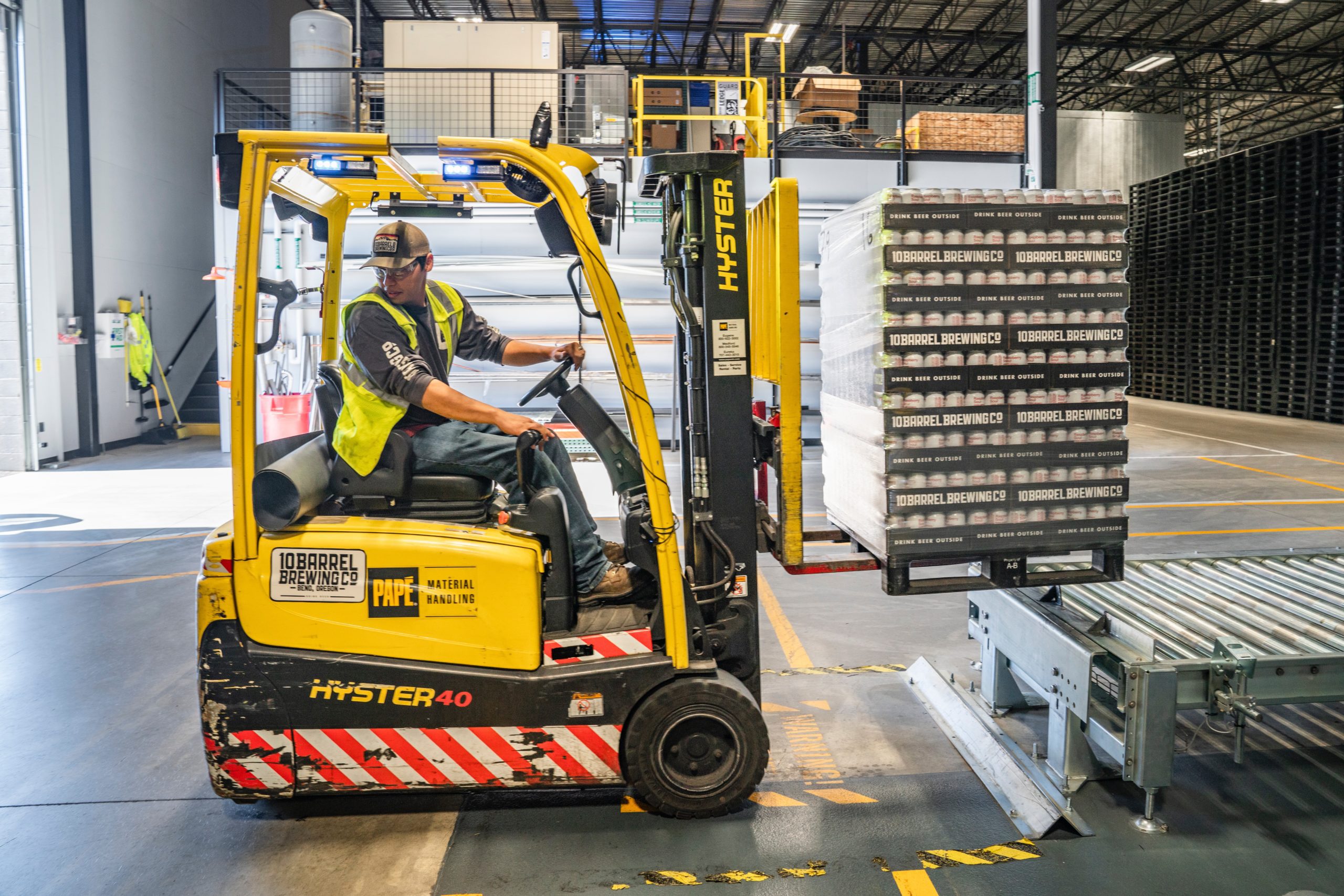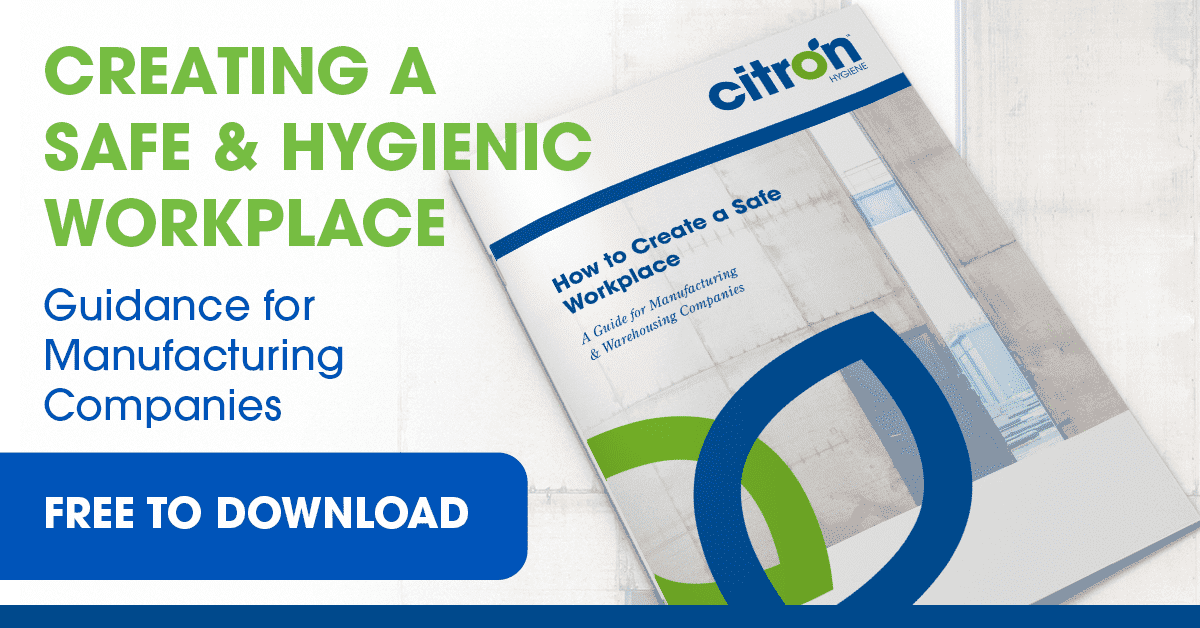Table of Contents
Updated on May 13, 2024
Whether boxes of products are being stored or food shipments are making a pit stop on the way to their destination, distribution centers are an integral part of the shipping industry. Day in and day out, workers load and unload merchandise and stock it onto shelves or into trucks, touching an indefinite number of objects everyday. Thus, these centers cannot run smoothly without a healthy, efficient staff.
How to Reduce the Risk of Contamination in Distribution Centers
According to the Bureau of Labor Statistics these workers “move materials to and from storage and production areas, loading docks, delivery trucks, ships, and containers.” They may also sort and pack materials. As all this work is done by hand, the chances of catching illnesses are increased. Hands spread approximately 80% of all communicable diseases. A study by the Centers for Disease Control and Prevention (CDC) and the National Institute for Occupational Safety and Health (NIOSH) found that 21,450 of nonfatal occupational injuries and illnesses were caused by contact with an object. These resulted in 51,720 sick days over a one-year period.
Food Distribution Centre Hygiene
Distribution centers, especially those that handle food, are required to have hygiene procedures in place to eliminate the risk of contaminating food and products, prevent illnesses and skin irritation, and give workers the opportunity to clean any cuts or scrapes that occur on the job.
In a food distribution center, workers must abide by strict hygiene standards. Hands must be washed at the following times:
- At the start and end of a shift
- After using the restroom
- Before putting gloves on
- After touching food allergens
- After touching ears, hair, nose, or mouth
- After sneezing or coughing
- After handling trash
- After any action that may have contaminated hands
Expert Advice for Manufacturing & Warehousing Facilities
Hand Sanitisation Strategy
Hand-washing stations require a sink, soap, and an air hand dryer or paper towel dispenser, and must have instructions posted. Cross-contamination with any other fixture needs to be avoided, and the most effective way to reduce this is by installing automatic, no-touch appliances. While distribution centers that do not handle food may have different requirements, workers still need to be vigilant and keep their hands clean to stay healthy. The CDC/NIOSH report found that wholesale and retail trade, which includes distribution centers, has more nonfatal accidents and illnesses than any other industry with the exception of manufacturing. To keep workers safe from possible pathogens, skin irritants, and viruses, employers should provide proper hand-washing amenities.
Use of Hand Sanitizer in Distribution Centers
In addition to soap and water, hand sanitizer in a touch-free dispenser is a sufficient alternative that can be installed anywhere and used quickly in between tasks. An alcohol-free formula approved for use in food service is a versatile option for any distribution center that will not dry out hands with frequent use. Work surfaces need to be kept clean as well, especially when food products are involved and there is a risk of cross-contamination with allergens. Surface sanitizer that is safe to use on food and non-food workspaces will fit seamlessly into any type of facility and make any non-porous surface bacteria-free.
Sanitation is essential while on the job, as hands pick up 30-50% of the organisms on any surface they touch. Then, individuals put themselves at risk of becoming sick each time they touch their faces. On average, people touch their faces every 3 to 4 minutes, or 480 times a day, and give germs plenty of chances to enter through eyes, noses, and mouths.
When people work with their hands constantly, keeping hands and workplaces sanitary become significant parts of staying healthy. A few key additions can make practicing hygiene second nature while on the job and with a happy and healthy crew, your distribution center will feel good too!
Speak to the experts at Citron Hygiene and find out how we can help keep your distribution center clean and healthy.
Related posts:
- Hygiene Tips for Your Business: Children’s Play Centers
- Hygiene Tips For Your Transportation Business
- Hair, Nail Salon Hygiene Tips And Good Practices [2023]
- Hygiene Tips for Workers in Healthcare Facilities [2024]
- Hygiene Tips for Your Business: Restaurants
- Hygiene Tips for Your Business: Retail
- Hygiene Tips for Your Business: Banks and Credit Unions
- Hygiene Tips for Your Business: Health and Country Clubs

